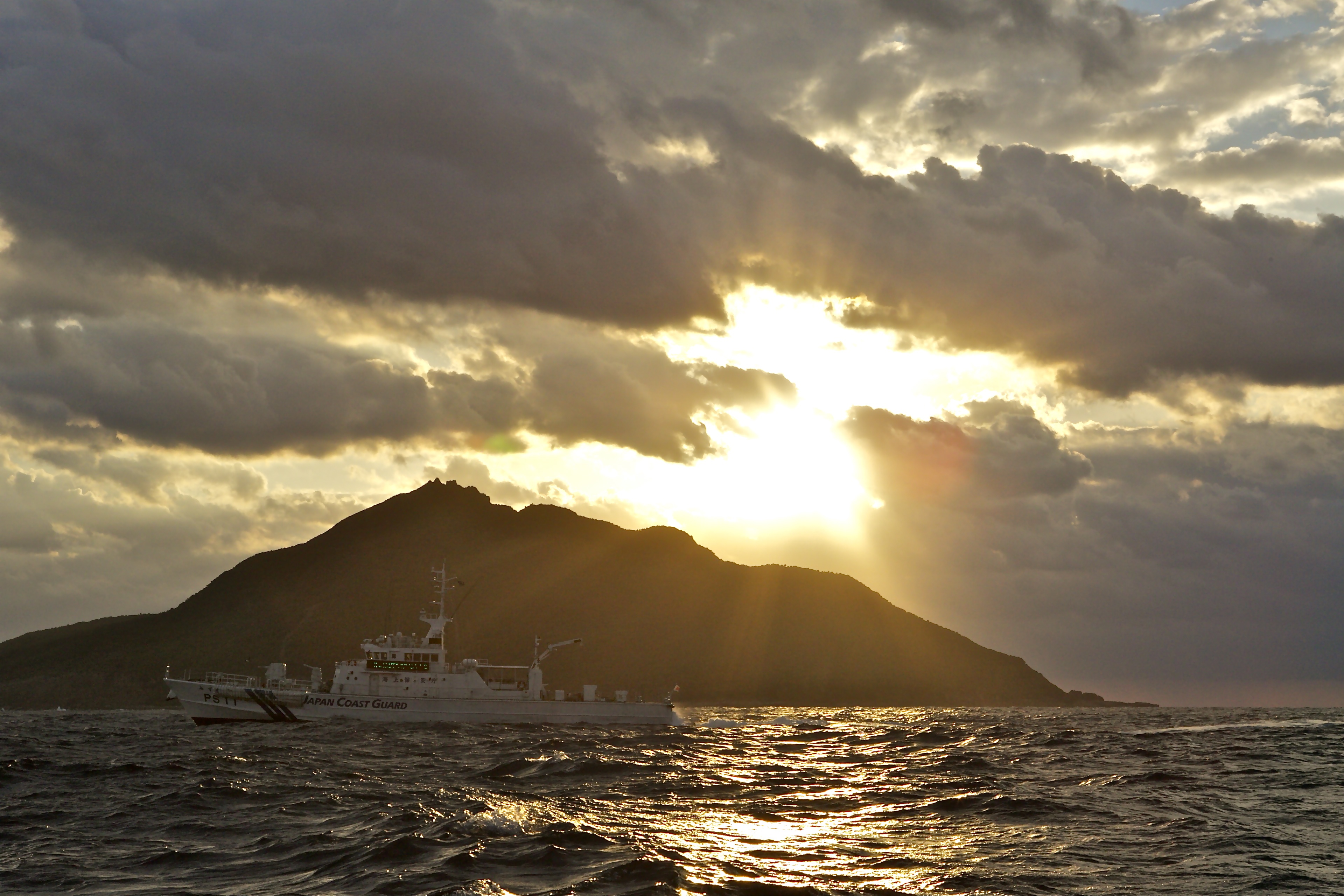
Could 21st century Asia head down the route of Europe in the 20th century?
By Samantha Glass
[hr]
[dropcap]I[/dropcap]n recent years, five uninhabited islets and three barren rocks in the East China Sea have threatened to spark just that. The islands, known as the Senkaku in Japan and the Diaoyu in China, have reemerged as the nucleus of tension between Japan, Taiwan, and China, as a territorial dispute rooted in decades of dormant history. In the race to monopolize the commercial shipping routes, rich fishing grounds, and hydrocarbon reserves surrounding the Senkaku Islands, state sovereignty and regional hegemonic ambitions threaten to destabilize an uneasy peace . Nationalist fervor is rising in China since the mass anti-Japanese protests across China and the burning of the Japanese flag in 2012. China is also setting Japan up to make a grave mistake. Rumors of over 1,000 Chinese fishing vessels entering the island’s surrounding waters mean that in the case of a misstep from Japan, China will be prepared for combat.
China indirectly asserts control over the Senkaku Islands due to its claimed jurisdiction over the Republic of China (Taiwan). Since the Ming Dynasty,fishermen in the region have used the islands as fishing bases. Not until the Sino-Japanese War in January 1895 did Japan annex the Senkaku Islands on the basis of terra nullius, “land belonging to no one.” Three months later in April 1895, the war ended and Taiwan was assimilated by Japan. In 1941 Japan agreed to return all seized territory back to China. However, Japan did not return the Senkaku Islands. Despite Chinese protests, Japan denies that the islands were ever under Chinese jurisdiction having been assimilated three months before Taiwan was annexed.
The U.S.’s position towards the Asia-Pacific is balanced, but precariously. In December 2015, the U.S. sold $1.83 billion of weapons to Taiwan. On January 16th, 2016, Taiwan’s first female president Tsai Ing-wen, was elected. Though she proposes to maintain the status-quo relationship with China; however, her victory marks a defeat for the pro-unification party KMT. This implications of her election, Taiwan’s desire for greater sovereignty, adds to the friction over maritime boundaries in the Asia-Pacific. On September 7, 2010, a Chinese fishing boat intentionally collided with two Japanese Coast Guard vessels patrolling around the Senkaku Islands. In 2012, Japan’s neonationalist former governor of Tokyo, Shintaro Ishihara, held Japan’s prime minister responsible for lacking backbone in protecting the nation’s jurisdictional claims over the Senkaku Islands, and therefore the natural gas in the surrounding seabed and the Japanese fishing industry. He threatened to purchase three of the islands from a private landowner on behalf of the metropolitan government of Tokyo. In order to prevent Ishihara from overstepping his authority in international affairs, the Japanese government was forced to buy the islands. In retaliation China declared an Air Defense Identification Zone over the Senkaku Islands in 2013 and now uses coast guard vessels to periodically patrol the islands. This unilateral decision demonstrates the escalatory shows of strength inherent to this situation.
Obliged by Article V of the U.S.-Japan Security Treaty to respond to any threat against Japan’s territorial sovereignty, and currently selling weapons to Taiwan, the US’s potential military support could easily encourage risk-seeking behavior in Japan and Taiwan faced with increased aggression from China. Michael O’Hanlon, a senior fellow at The Brookings Institute specializing in defense policy and national security, is an expert in military strategy and technology, as well as a regional specialist in Northeast Asia. He offered insight into the role of the U.S. in the Pacific, saying, “[The U.S.] shouldn’t be overdoing it looking for a fight or even an all-out rivalry.” He believes that the U.S. needs to find a balance between reassurances and resolve so as to maintain a strong and engaged stance so that the process of change and shifts in power remain stable.
But behind the scenes, the situation may be too volatile to find the balance O’Hanlon recommends. The intentional vagueness of China’s maritime boundary testifies to its desire to solve regional conflicts on a bilateral basis without international involvement. Roughly $1.22 trillion in U.S. trade travels through the South China Sea each year. China is trying to bar U.S. military vessels from these shipping routes through their interpretation of exclusive economic zones (EEZ). China uses EEZ to devise barrier zones to prevent international military forces, notably the U.S., from accessing China’s coast and thus influencing mainland affairs if a regional conflict were to arise. From a Chinese military perspective, the Senkaku Island chain could facilitate monitoring and responding to activity especially near Taiwan and Japan. China has continued to sustain its suspicion that U.S. regional involvement in the Pacific is targeted towards “confining” China’s expansion and hindering its pursuit of national interests. Increasing military spending and actively reasserting its claims to maritime territory are signs of shifting power dynamics in the eastern hemisphere.
The Senkaku Islands are the trigger points of China’s hegemonic ambitions. a policy of “might makes right” to play out, restructuring the hierarchical order in the Pacific. But for all nations involved, the islands represent historic national pride, a geopolitical sphere of influence, and a source of highly valued natural resources. Therefore, the main question remains, how should the U.S. posture itself? O’Hanlon believes that following economic interest and the principle of freedom of navigation are sufficient guides for US policy, but it remains to be seen whether one fishing boat could set off WWIII.
[divider_flat]
Sami Glass is a sophomore Global Affairs major in Pierson College. Contact her at samantha.glass@yale.edu.